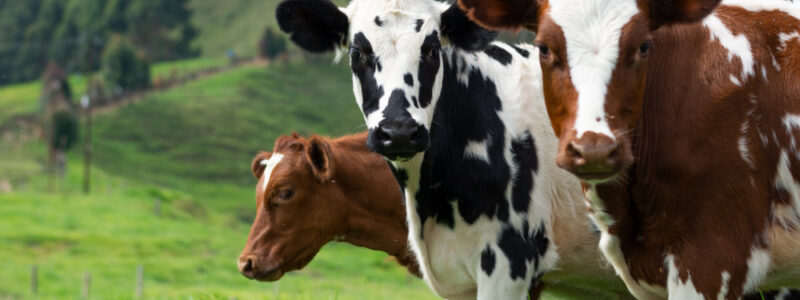
The volume of cattle slaughter in Ukraine in March almost doubled (+97%) compared to the previous month, to 20.1 thousand tons from 10 thousand tons, but was 10% (2.3 thousand tons) less than in March 2024, according to the Association of Milk Producers (AMP).
The industry association noted that in January-March 2025, slaughter volumes in Ukraine amounted to 44 thousand tons, which is 3 thousand tons (-7%) less than in the previous year. In March 2025, enterprises produced 33% of beef from the total slaughter volume, and households – 67%.
The AMP cited preliminary data from the Ministry of Agrarian Policy and Food, according to which in March this year the volume of cattle slaughter at enterprises reached 6.6 thousand tons, which is 400 tons more (+ 6%) than in February 2025, however, 300 tons less (-4%) than in March 2024. In the first quarter of 2025, slaughter volumes at agricultural enterprises amounted to 13.3 thousand tons, which is 300 tons (+2%) more than in the same period last year.
In March 2025, the slaughter of cattle in households amounted to 4 thousand tons, which is 3 thousand tons less (-40%) compared to February 2025 and 1 thousand tons less (-13%) compared to March 2024. In January-March 2025, slaughter volumes in households amounted to 19.9 thousand tons, which corresponds to the figures for the first quarter of 2024.
At the same time, the total slaughter of farm animals, not only cattle, but also pigs, sheep, and birds in the first quarter of 2025 amounted to 749.4 thousand tons, which is 3% less than in January-March a year ago.
The business association said that in March 2025, slaughter volumes increased most significantly at agricultural enterprises in Zakarpattia (+214%), Zaporizhzhia (+71%), Mykolaiv (+41%), Kharkiv (+42%), Chernivtsi (+32%) regions compared to March last year.
Most of the slaughtered animals were sold by agricultural enterprises in Vinnytsia (155.4 thousand tons), Cherkasy (102.6 thousand tons), Dnipropetrovs’k (87.9 thousand tons), Lviv (44.8 thousand tons) and Kyiv (31.4 thousand tons) regions.